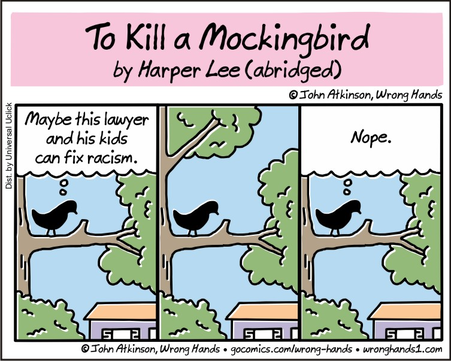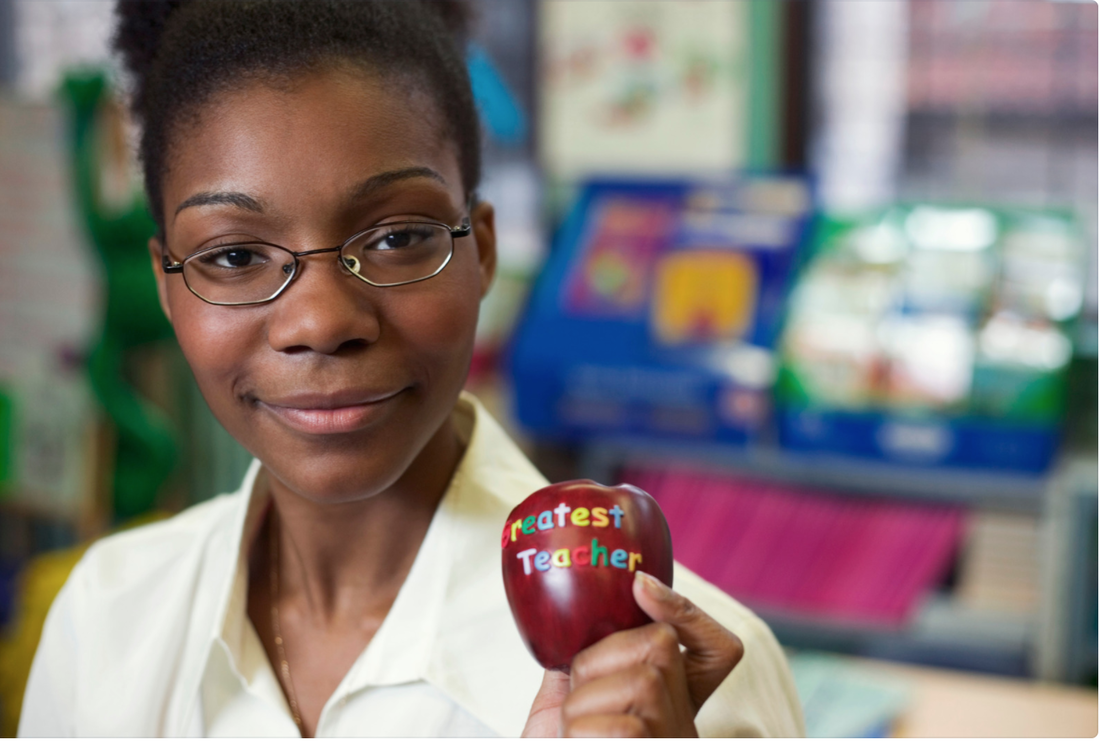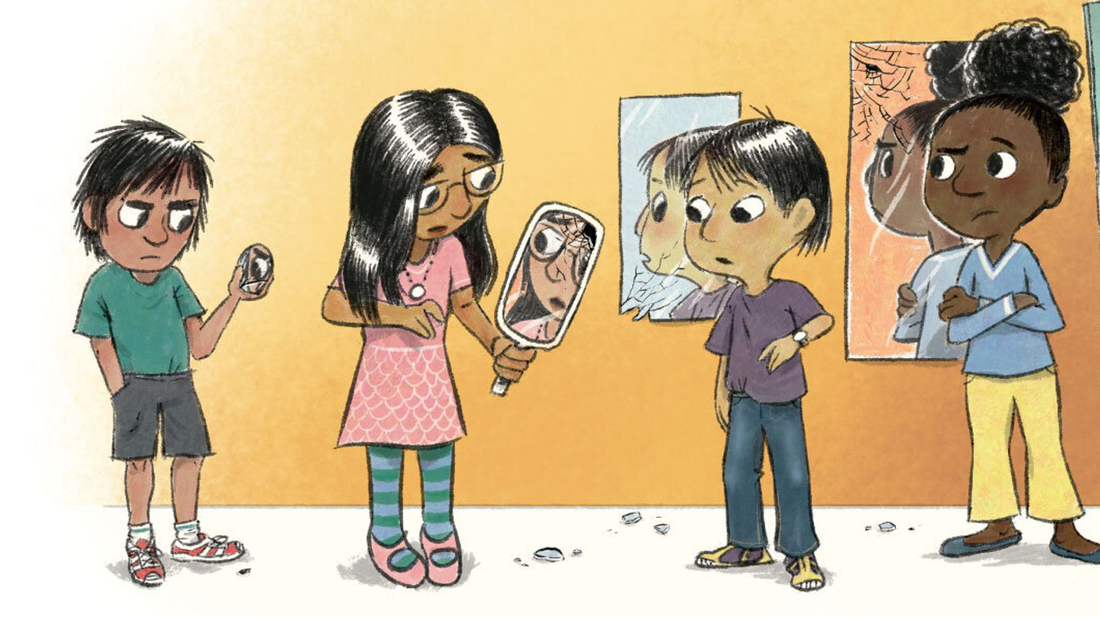|
Harper Lee Who? A Call to Replace Problematic Classics with Diverse Literature in Secondary Curricula by Cody Marx @codymmarx  During a recent session of school-sanctioned professional development, my colleagues and I scrutinized our current reading lists, one of which includes Harper Lee’s To Kill a Mockingbird. In a general consideration of the work, many teachers throughout the nation are quick to justify teaching the novel to students year after year; some foster a sense of sentimentality for a story with which they interacted as students decades prior, while others praise the anti-racist message they’re able to draw from its themes. But in questioning the lack of diverse perspectives in the novel, in addition to Lee’s less obvious racist writing practices, I can’t help but wonder: If we want to discuss racism and anti-racist work in our classrooms, why aren’t our students reading works by writers of color? Are we sticking with Mockingbird solely because of a nonsensical dedication to tradition? Is that why Lee’s “classic” has remained a hallmark of high school English classrooms since its 1960 publication? Though the novel has remained secure on its pedestal in English language arts classrooms for six decades, the debate of Mockingbird’s place in education is not a new one. While educators and readers alike often praise the piece for its sensitive handling of racism, those working with an antiracist lens see more than a white man who risks his family’s safety and reputation to seek justice for an innocent Black man. Academics have time and again questioned the merits of a white author’s ability to accurately portray the realities of the American south during Jim Crow, and two such scholars stand out in their criticism of the work. Naa Baako Ako-Adjei (2017) minces no words in asserting that though Mockingbird is couched in a nostalgic coming-of-age story, its crowning achievement is its reimagining of “American history, as something far more benign than its reality” (p. 185). She contends that a number of Lee’s problematic choices - including a correlation between racism and poverty, the depiction of mild-mannered lynching mobs, and the minimization of the KKK - are designed to convince audiences of white innocence in spite of the omitted realities of racism during Jim Crow. Jennifer Murray’s (2010) work is similar to that of Ako-Adjei in that she, too, reads Mockingbird with a focus on the discrepancies between how Lee and a writer of color would have considered the same material. Murray notes that though Calpurnia, a Black servant whose identity is not rounded out with so much as a surname, is considered to be a member of the white Finch family - much like enslaved people were often designated as members of an enslaver’s family - Lee fails to include the cook in scenes other than those in which her usefulness to the family is obvious. Such observations, among several others, serve to distort the illusion of the work as anything other than an effort to unashamedly exonerate America of its racist history, a feat that only a biased white writer would attempt with this subject matter. But Harper Lee is far from the only mainstay of American literature whose work grows increasingly problematic as readers continue bringing their issues - racist and otherwise - to the light of modern consideration. Sonya Freeman Loftis (2015) criticizes John Steinbeck’s treatment of neurodivergence in his 1937 novella Of Mice and Men, explaining that Lennie, one of the two protagonists, is a cognitively disabled man prone to fits of violence who is only depicted in relation to George, his neurotypical counterpart. This portrayal, combined with Steinbeck’s description of a character with undeniable qualities of someone on the autism spectrum, allows readers to form beliefs of people with autism that are both false and dangerous. Similarly problematic is another beloved staple of American literature: Nathaniel Hawthorne’s The Scarlet Letter (1850), the telling of a woman’s journey through public shame after committing adultery. Though Hester Prynne is often praised as a feminist rebelling against the Puritanical patriarchy, the novel’s heavily biased narrator continuously uses Hester’s existence as a spurned lover to paint her as a victim who is incapable of rising to true rebellion (Leverenz, 1983). Furthermore, Hawthorne shies away from committing to the destruction of societal conventions as Hester rejects conflict upon becoming a mother, an apparent cure-all for any radical independence. In many cases, these are the only types of books that our students are reading, and we wonder why they aren’t enthralled by literature. Schools have continued to peddle works by writers who have little to no business addressing the perspectives and themes they do, which has typically resulted in the presentation of diverse groups of people as less than fully human. Addressing this failure is part of our job as educators (Thomas, 2016). And make no mistake: the inaccurate representation - or complete erasure - of diverse characters is a true failure. The actual incorporation of diverse literature works wonders in the education of children. Bishop (2012) asserts that children who are typically absent from children’s literature begin to demonstrate greater self-esteem when seeing themselves represented textually, while Thomas (2016) even alleges that these efforts to diversify literature will “begin the work of healing our nation and world through humanizing stories” (p. 115).
At New Bedford High School, the English language arts department, led by content instructional leader Jennifer Oliveira, is already well into work in diversifying curricula that once focused heavily on white voices. Having understood the importance of reading representative literature in classes where more than two-thirds of students are people of color, the NBHS ELA department has spent the 2020-2021 school year incorporating novels with perspectives from people of color, like Jason Reynolds’s Long Way Down, Angie Thomas’s The Hate U Give, and Nic Stone’s Dear Martin, to balance out the tired narratives of writers like Lee, Steinbeck, Hawthorne, and more. With a determined focus on continuing to improve representation within department curricula, Oliveira recognizes that the inclusion of Black writers is not enough, which is why she’s convened a committee of teachers to expand their inclusive efforts to female, queer, genderqueer, disabled, neurodivergent, Latinx, Asian, Middle Eastern, Native American, and indigenous perspectives. It is her hope that the upcoming 2021-2022 school year will find students engaging with the stories of Benjamin Alire Sáenz (Aristotle and Dante Discover the Secrets of the Universe), Sandra Cisneros (The House on Mango Street), and Khaled Hosseini (The Kite Runner), along with others like Julia Alvarez, Toni Morrison, Malala Yousafzai, and Sherman Alexie, all of whom can better expose our students to the belief that their unique perspectives are valid and belong in the classrooms we share and in the stories we tell. Cody Marx is a high school English language arts teacher in Massachusetts.
1 Comment
By: Shaunna Harrington, Ph.D. MASCD President Associate Teaching Professor, Northeastern University @shaunna3830 Email Shaunna  This is Teacher Appreciation Week, and I am sending my deepest gratitude to all teachers for their intelligence, creativity, and compassion, and for their extraordinary work during the pandemic. Formally designating time in the first week of May to appreciate teachers is a lovely tradition – I have enjoyed both being on the receiving end as a teacher and the giving end as a parent at my daughters’ schools. But if we want to maintain a strong teaching force and bring excellent people into the teaching profession, we need much more than Teacher Appreciation Week to show teachers they are valued. Only 34% of U.S. teachers believe their profession is valued by society. That is an alarming and heartbreaking statistic. It begs the question -- what would it look like if our society truly valued the teaching profession? Here are some of my suggestions -- Put teachers at the decision-making tables. Make sure they have a strong voice in shaping policies in schools and districts and at the state and federal levels. Dismantle the standardized testing culture, which diminishes the role of teachers. Recognize teachers as the professionals they are and empower them to make decisions about assessment, instruction, and curriculum. Recognize the complexity of teaching, and invest in policies and practices that support teachers’ continual learning. Attend to the social-emotional needs of educators. Even before the pandemic, 6 in 10 teachers rated their job as “highly stressful.” Disrupt narratives that scapegoat teachers and teacher unions for everything that’s not working well in our schools and our society. Pay teachers more. Nationally, new teachers make 68% of what the average new graduate makes. And teachers are making less today than they were in the 1990s (when income is adjusted for inflation). Fully fund our public school system. |
Guest AuthorContact us at [email protected] to write for our organization! Categories |
Photo from Mike Kniec


 RSS Feed
RSS Feed